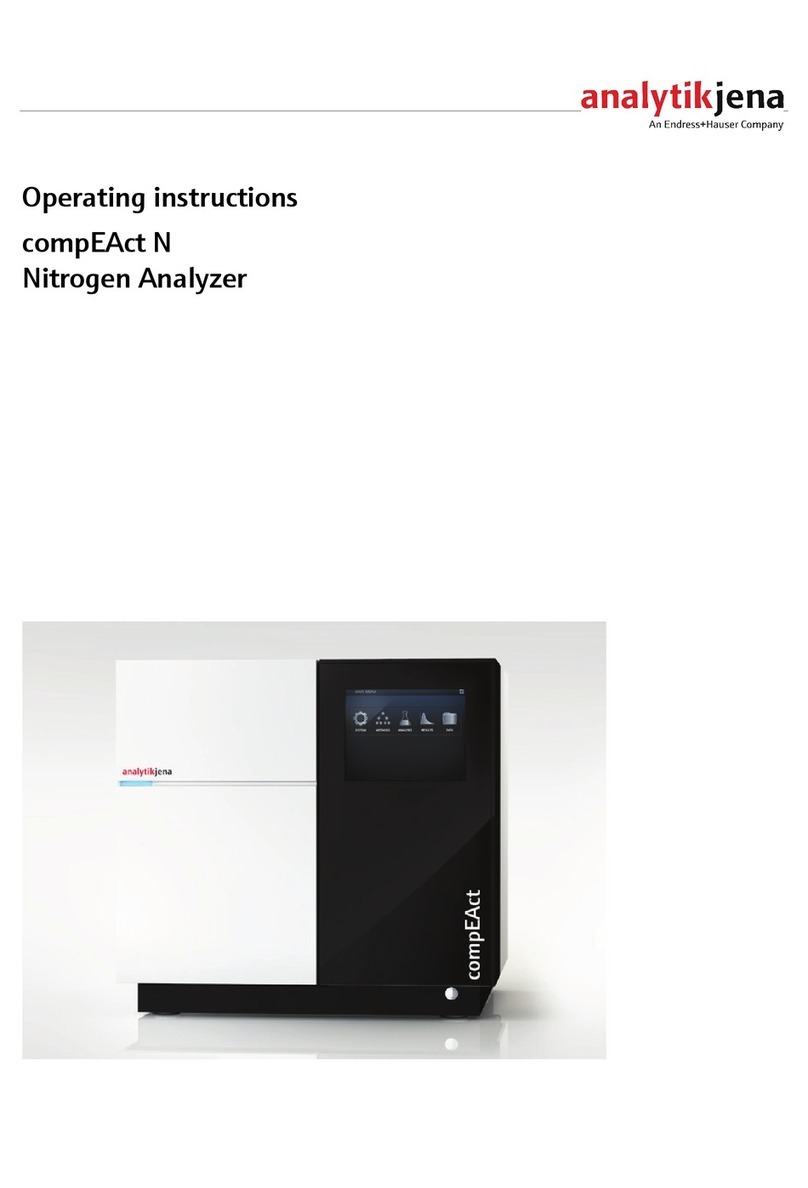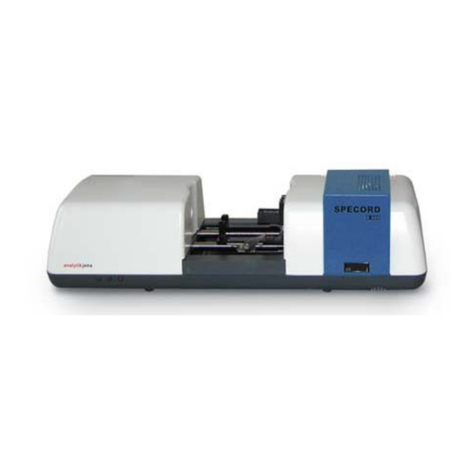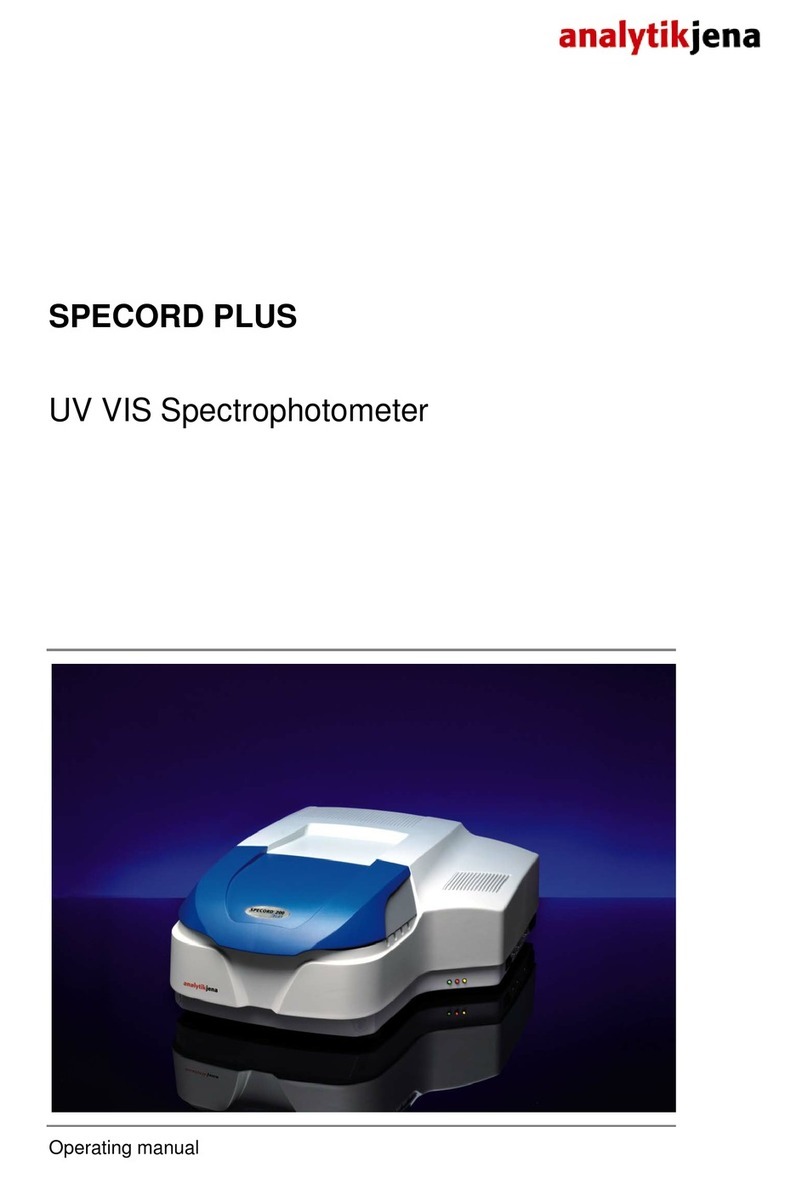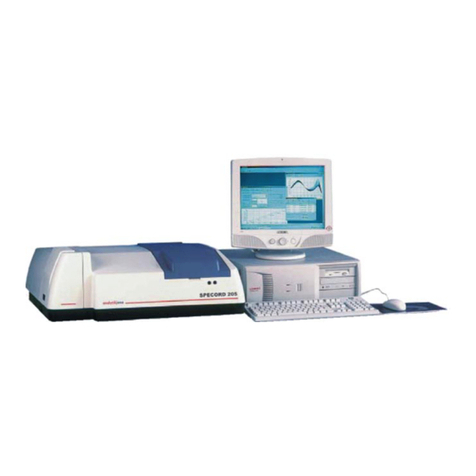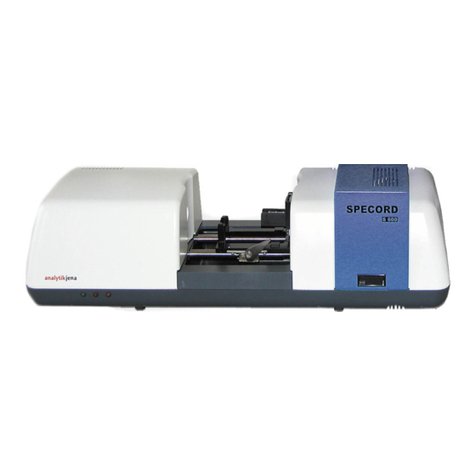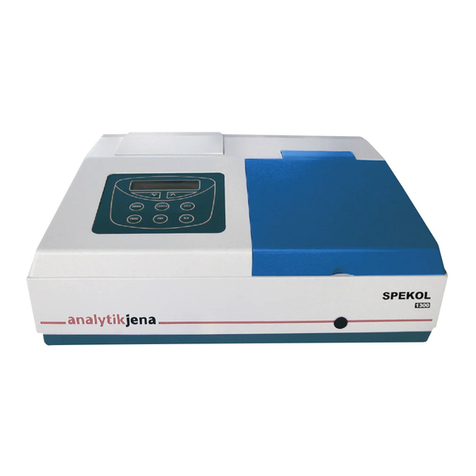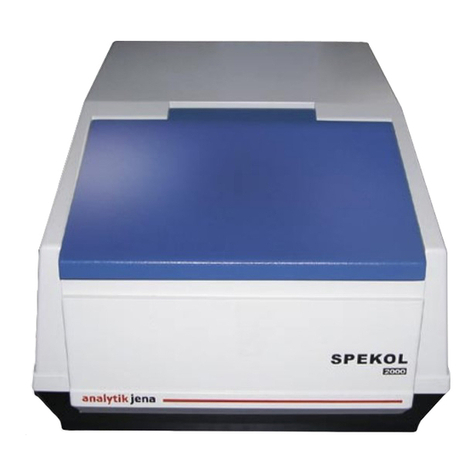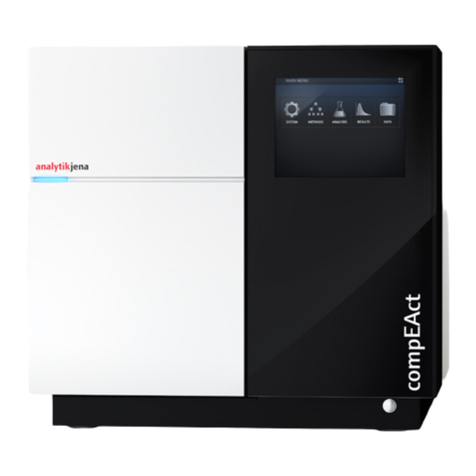
Contents
multi EA 4000 Version 01.16 3
7.4.5 Performing the Cl measurement .......................................................................................... 67
7.4.6 Checking the splitting ratio................................................................................................... 69
7.4.7 Cauterizing the quartz boat.................................................................................................. 70
7.5 TIC/TOC detection with automatic TIC solids module.......................................................... 71
7.5.1 Preparing the automatic TIC solids module for the analysis................................................. 71
7.5.2 Required reagents................................................................................................................ 74
7.5.3 Performing the TIC detection with the automatic TIC solids module.................................... 74
7.5.4 Performing the TOC detection in accordance with the differential method using the
automatic TIC solids module (recommended method)......................................................... 76
7.5.5 TOC measurement with direct detection.............................................................................. 78
7.6 TIC detection with the manual TIC solids module................................................................ 80
7.6.1 Prepare the manual TIC solids module and analyzer........................................................... 80
7.6.2 Performing the TIC measurement........................................................................................ 80
8Maintenance and care...........................................................................................84
8.1 Basic device multi EA 4000.................................................................................................. 84
8.1.1 Clean and maintain the device............................................................................................. 84
8.1.2 Check the hose connections................................................................................................ 84
8.2 Operation with C/S module.................................................................................................. 85
8.2.1 Check and replace the ceramic tube.................................................................................... 85
8.2.2 Cleaning the dust trap.......................................................................................................... 86
8.2.3 Replacing the desiccant in the drying tube........................................................................... 88
8.2.4 Replacing the halide trap ..................................................................................................... 89
8.3 Operation with Cl module..................................................................................................... 90
8.3.1 Replacing the sulfuric acid/cleaning the sulfuric acid container............................................ 90
8.3.2 Servicing/replacing the quartz glass combustion tube......................................................... 91
8.3.3 Servicing the combination electrode .................................................................................... 92
8.3.4 Servicing the measuring cells............................................................................................... 94
8.3.5 Replacing the adsorption agent............................................................................................ 94
8.4 Operation with automatic TIC solids module........................................................................ 95
8.4.1 Clean the TIC reactor of the automatic TIC solids module................................................... 95
8.4.2 Cleaning the condensation coil ............................................................................................ 97
8.4.3 Removing and replacing the pump hose.............................................................................. 98
8.4.4 Cleaning the condensate container.................................................................................... 100
8.5 Operation with manual TIC solids module.......................................................................... 101
8.5.1 Clean the TIC reactor at the manual TIC solids module..................................................... 101
8.6 Replacing the water traps .................................................................................................. 101
9Fault removal .......................................................................................................103
9.1 General information............................................................................................................ 103
9.2 Error messages in multiWin ............................................................................................... 103
9.3 Indications in the window DEVICE STATE.............................................................................. 109
9.4 Equipment fault.................................................................................................................. 111
9.4.1 Basic device....................................................................................................................... 111
